The name "Yayoi" originates from the name of an important period in Japanese history, the Yayoi period (300 BC - 300 AD), when agricultural culture began to flourish. The Yayoi Festival not only recreates the spiritual values of this period, but is also an opportunity for the community to bond and pay respect to their ancestors, as well as pray for a year of bountiful harvests.
1. Origin and meaning of Yayoi Festival
The Yayoi Festival is said to have appeared more than 1,200 years ago (Photo source: Collected)
The Yayoi Festival is said to have originated over 1,200 years ago, and is rooted in ancient agricultural rituals. During this period, people held rituals to pray for divine protection, ensuring good weather and good harvests. Nikko, as an important cultural and religious center, became the ideal place to hold the annual Yayoi Festival.
The significance of the Yayoi Festival goes beyond religion and belief. It is also an opportunity for local communities and visitors to bond through shared activities. The festival is a reminder of the connection between humans and nature, as well as the importance of preserving traditional cultural values.
2. Time and location of Yayoi Festival
The Yayoi Festival is usually held from March 13 to 17 at Futarasan Shrine (Photo source: Collected)
The Yayoi Festival is usually held from March 13 to 17 at Futarasan Shrine, a famous World Heritage Site in Nikko City. Futarasan Shrine, with its peaceful natural scenery and ancient architecture, is an ideal place to hold the festival's rituals and activities.
The festival area at Futarasan Shrine is lavishly decorated with colorful flags and traditional lanterns. Visitors can easily immerse themselves in the festival atmosphere and experience the local culture in the most authentic way.
3. Highlights of the Yayoi Festival
The Yayoi Festival is notable for its colorful parades and solemn rituals (Photo source: Collected)
The Yayoi Festival is marked by a colorful parade and solemn ceremonies. Each year, the event reenacts ancient rituals, with participants dressed in traditional Yayoi period costumes. The parades pass through the main streets of Nikko, creating a spectacle that is both majestic and lively.
One of the highlights of the Yayoi Festival is the offering ceremony at the Futarasan Shrine. These offerings often include agricultural products and special foods, symbolizing gratitude to the gods. In addition, folk dances and traditional musical performances also bring a vibrant and cultural atmosphere to the festival.
4. Cuisine at the Yayoi Festival
Enjoy local cuisine at the Yayoi festival (Photo source: Collected)
The Yayoi Festival is not only a chance to explore the culture but also a chance to enjoy local cuisine. Festival stalls serve a variety of traditional dishes, from sushi, tempura to specialty sweets. Among them, yuba – a type of tofu typical of Nikko – is a dish you should not miss when participating in the Yayoi Festival.
In addition to traditional food, the festival also features a variety of drinks such as sake and Japanese green tea, allowing visitors to relax and enjoy the festival atmosphere. The cuisine at the Yayoi Festival is not only delicious but also reflects the richness and sophistication of Japanese culture.
5. Things to note when participating in the Yayoi Festival
Plan to fully enjoy the Yayoi Festival (Photo source: Collected)
If you are planning to attend the Yayoi Festival, plan ahead to get the most out of the experience. Since the festival takes place in March, the weather in Nikko can be a bit chilly, so bring a warm jacket to keep warm. Arriving early is also a good idea, as the main Yayoi Festival events usually take place in the morning and attract a lot of people.
In addition, you should respect the rules of the festival and the venue, especially in the sacred areas of Futarasan Shrine. This will not only help you have a better experience but also show respect for the culture and beliefs of the local people.
The Yayoi Festival is a unique cultural journey that anyone who loves Japan should experience at least once in their lifetime. From solemn ceremonies, vibrant parades, to rich cuisine, this festival offers an in-depth look into the history and culture of the Yayoi period.
If you are planning a spring trip to Japan, don’t forget to take the time to attend the Yayoi Festival in Nikko. This is not only an opportunity for you to explore the local culture but also a chance to immerse yourself in the festival atmosphere and create unforgettable memories. The Yayoi Festival will forever be a symbol of the connection between the past and the present, between people and nature, enriching your experience of the land of the rising sun.
Source: https://www.vietravel.com/vn/am-thuc-kham-pha/le-hoi-yayoi-v16123.aspx


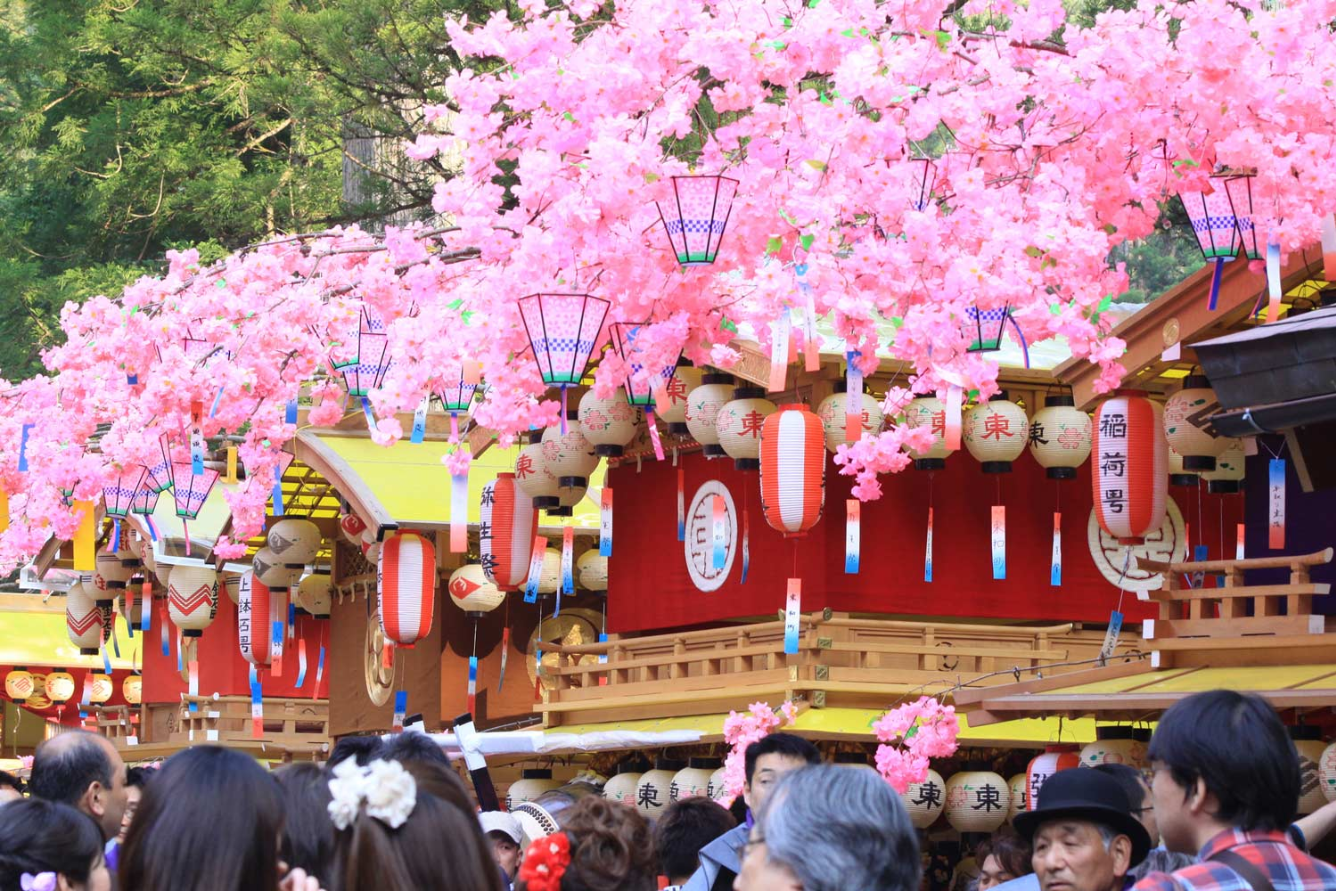
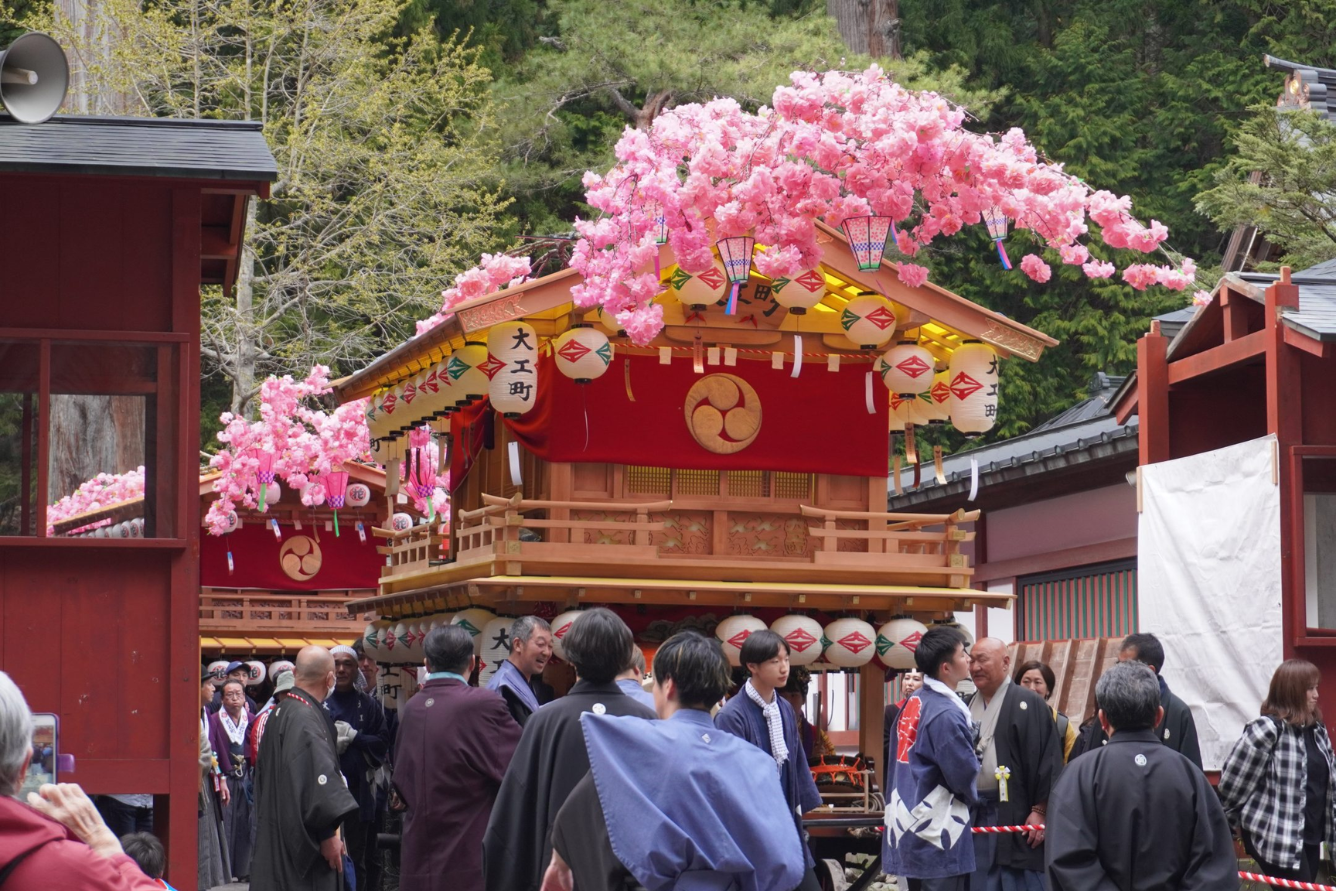
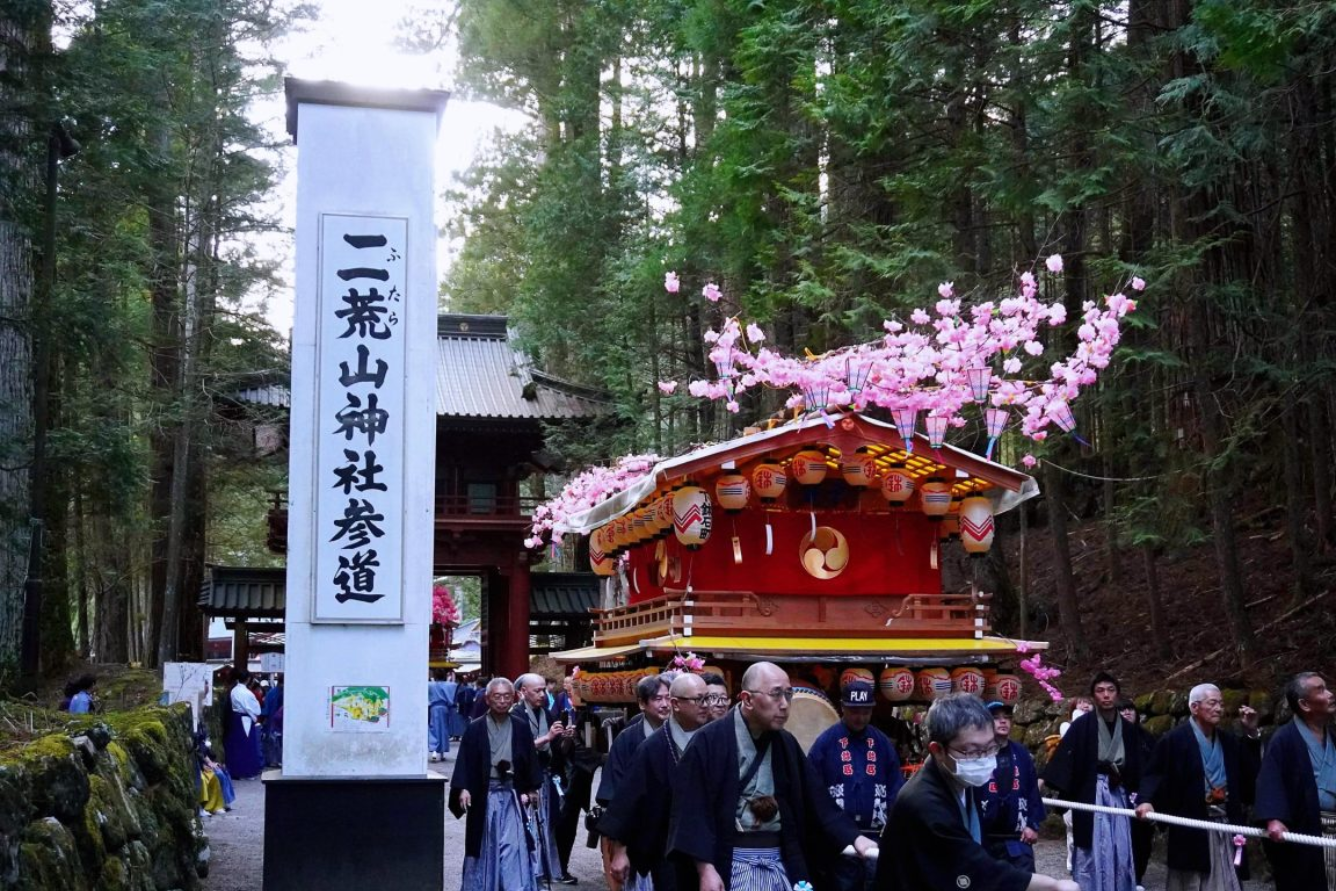
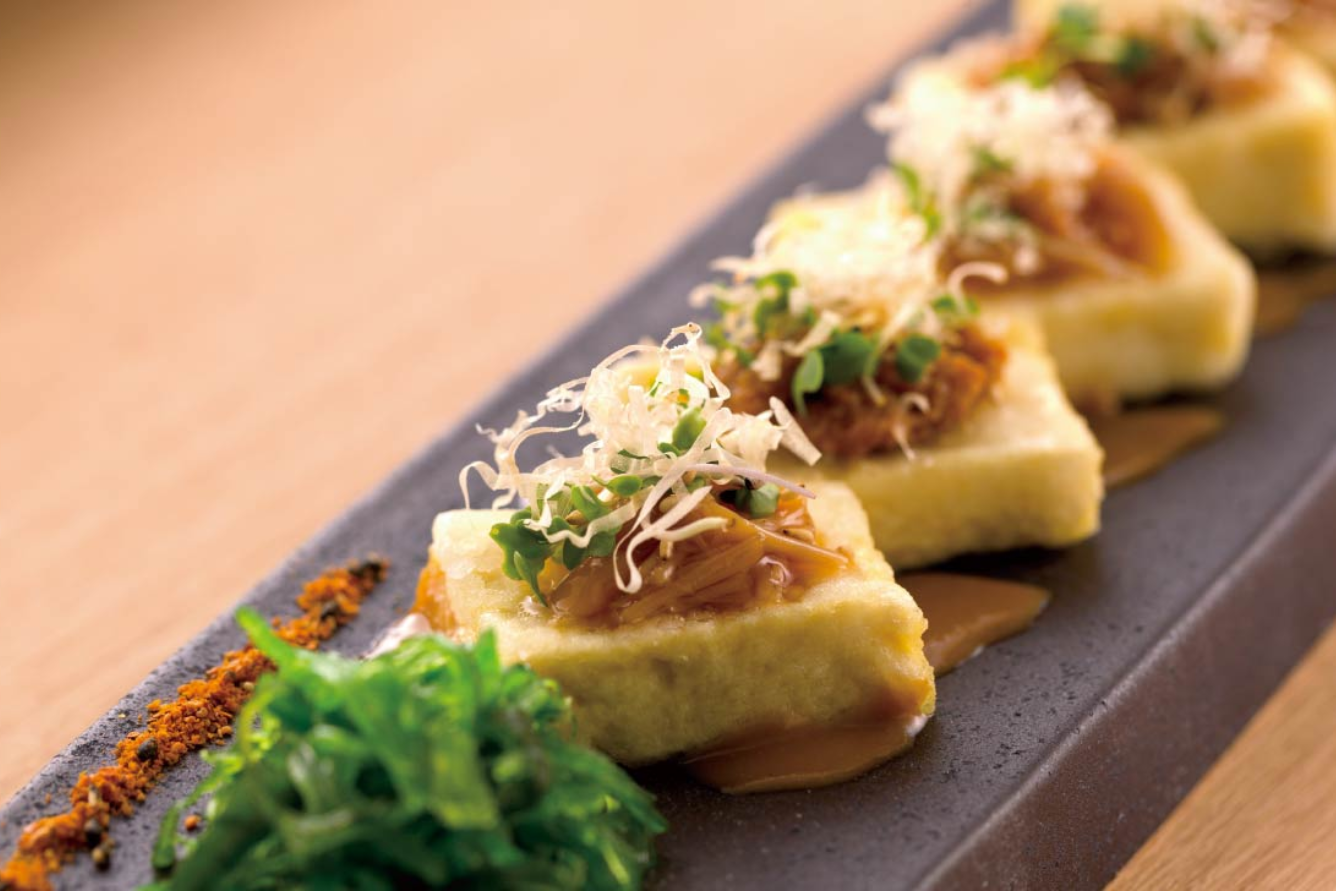
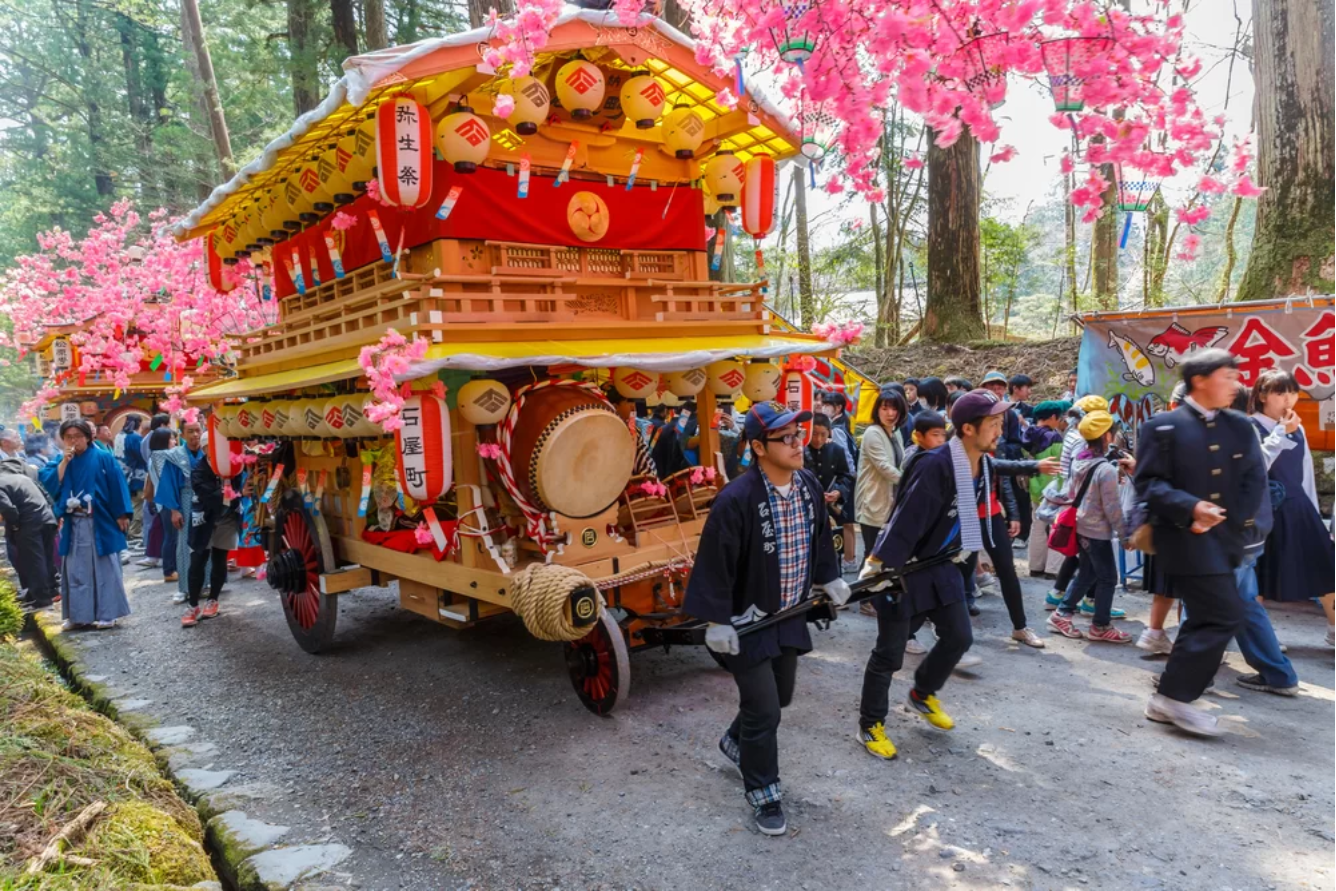



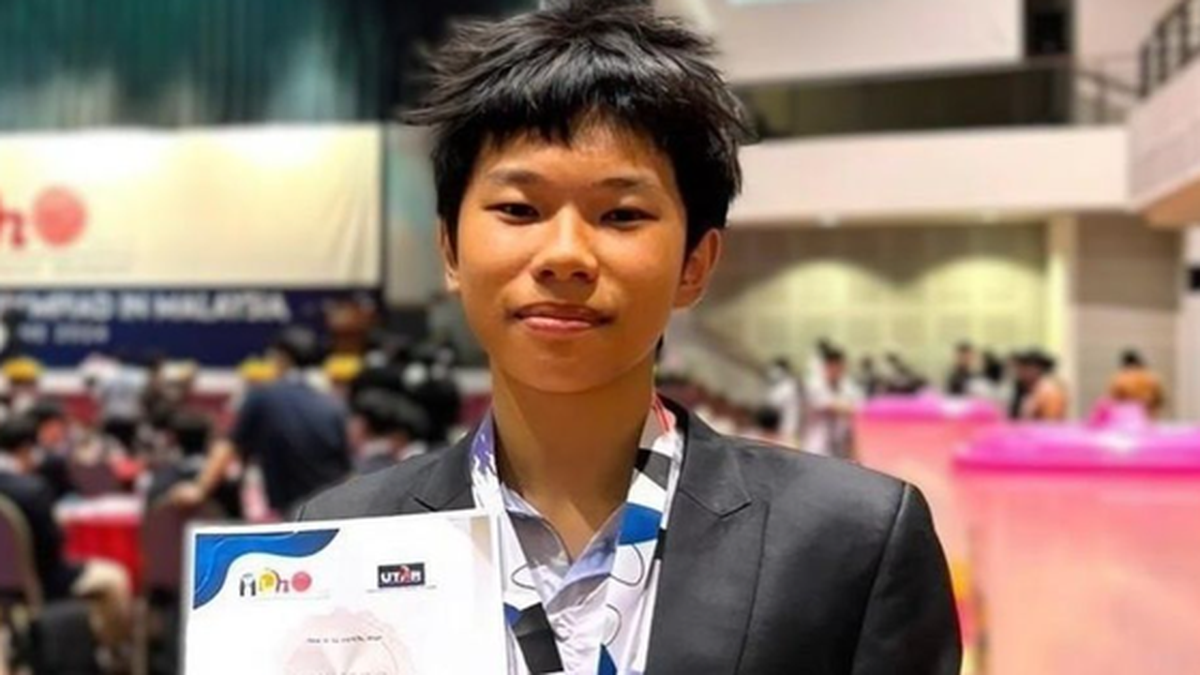
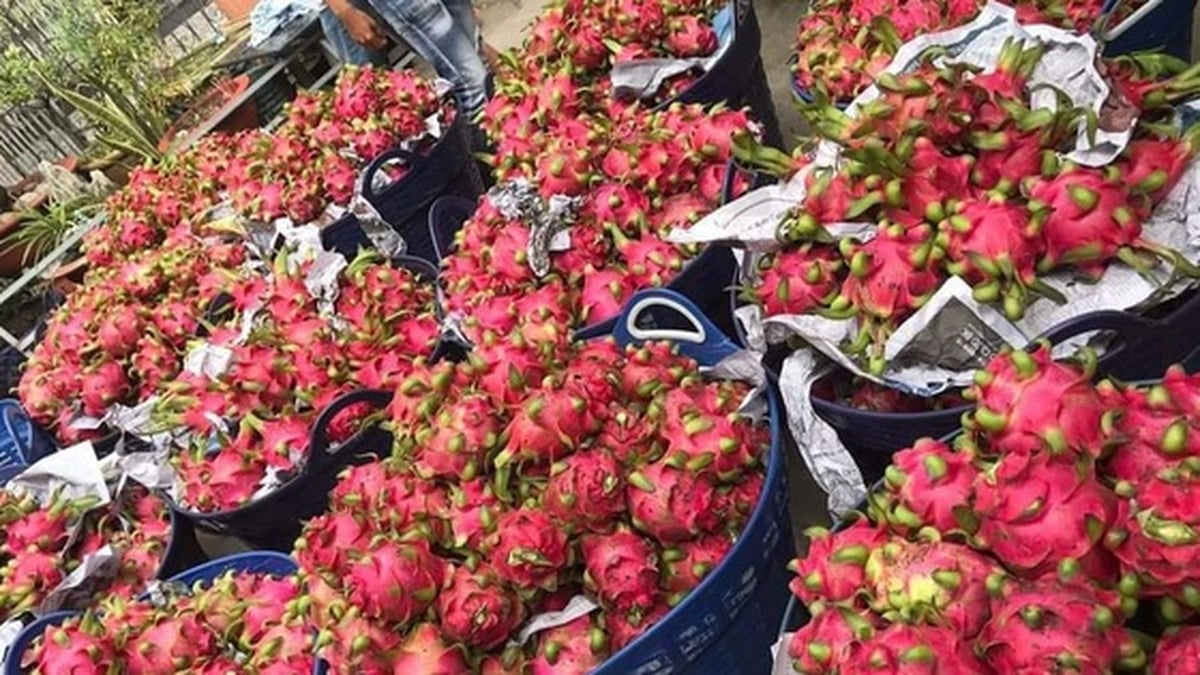
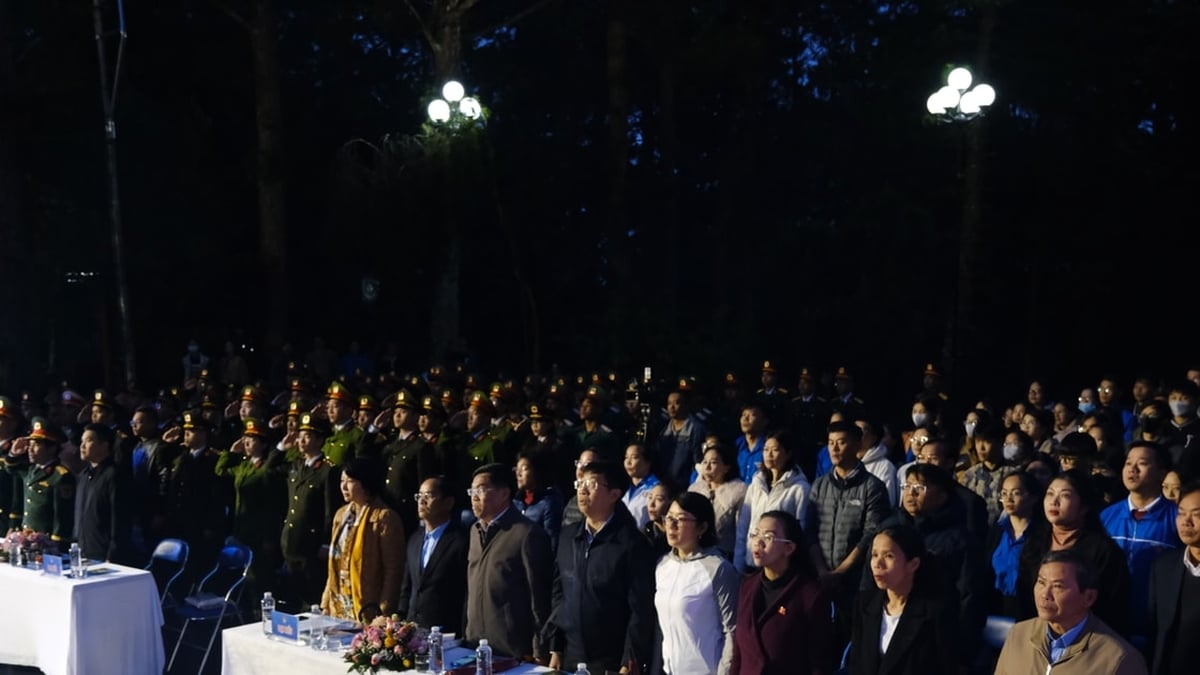


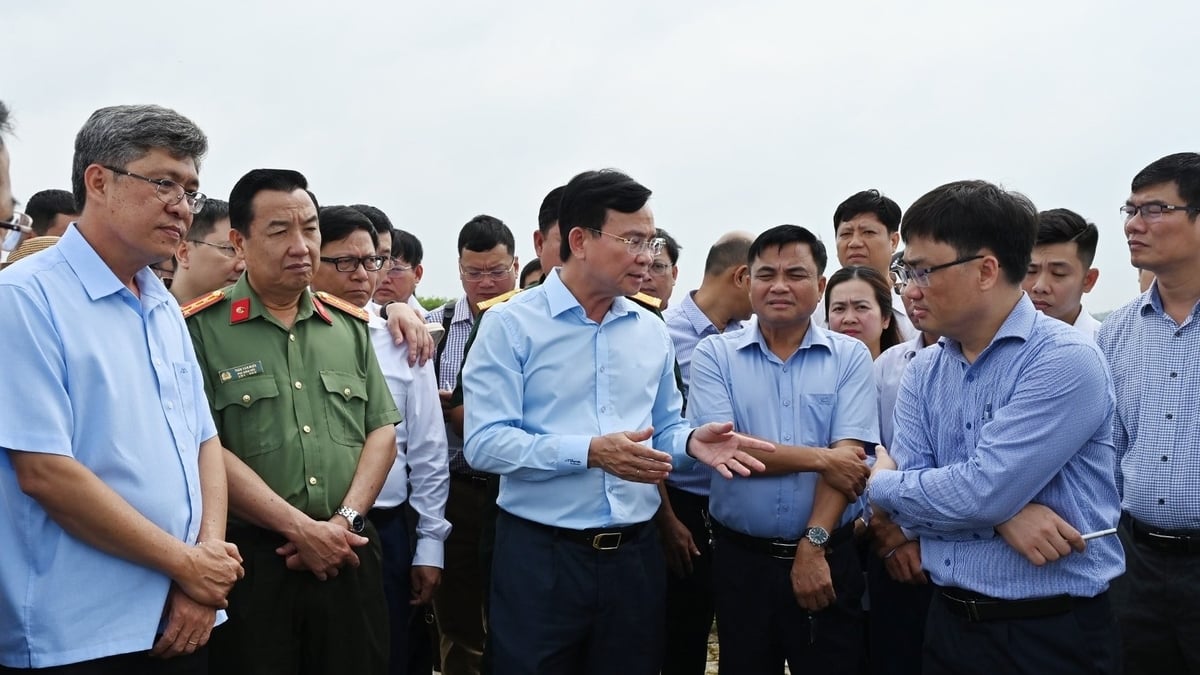
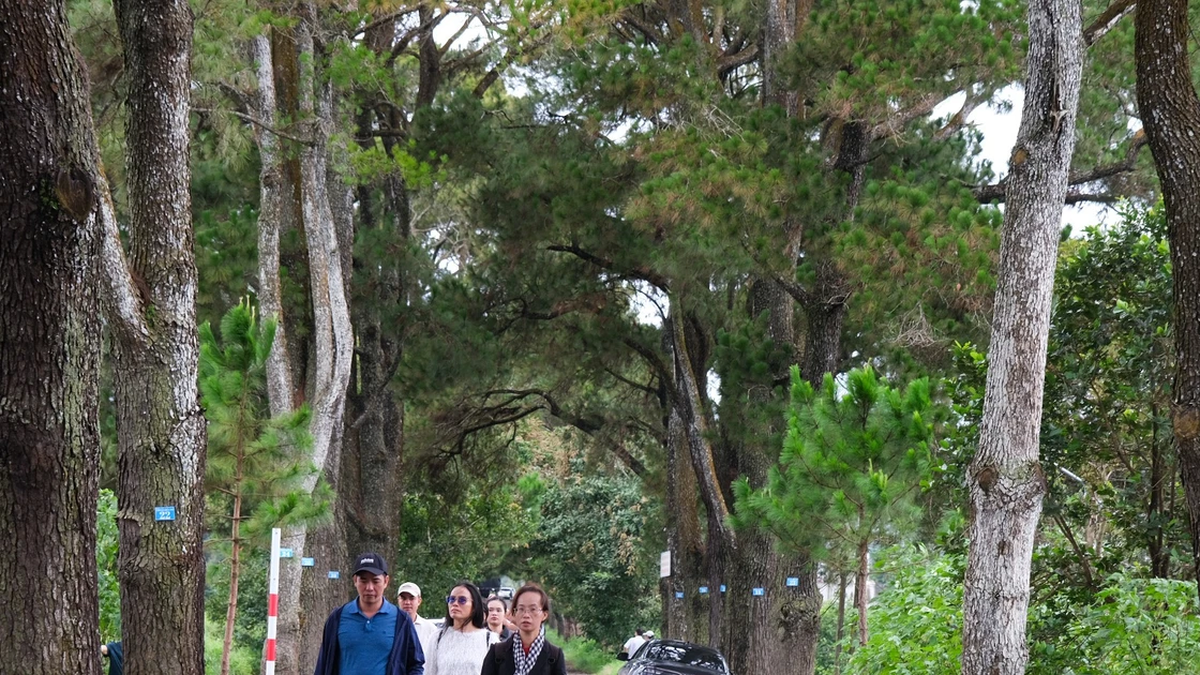





























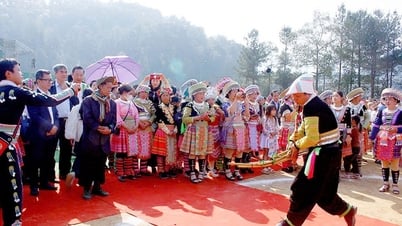



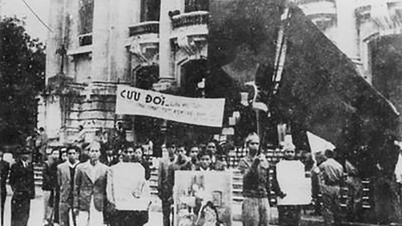

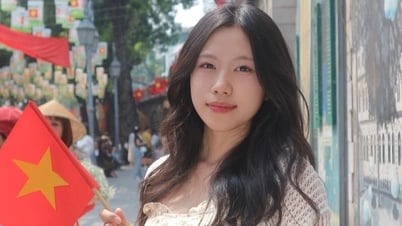

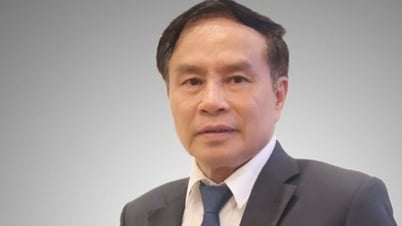


















![[Photo] National Assembly Chairman Tran Thanh Man receives Chairman of Morocco-Vietnam Friendship Association](https://vphoto.vietnam.vn/thumb/402x226/vietnam/resource/IMAGE/2025/7/26/b5fb486562044db9a5e95efb6dc6a263)

































Comment (0)